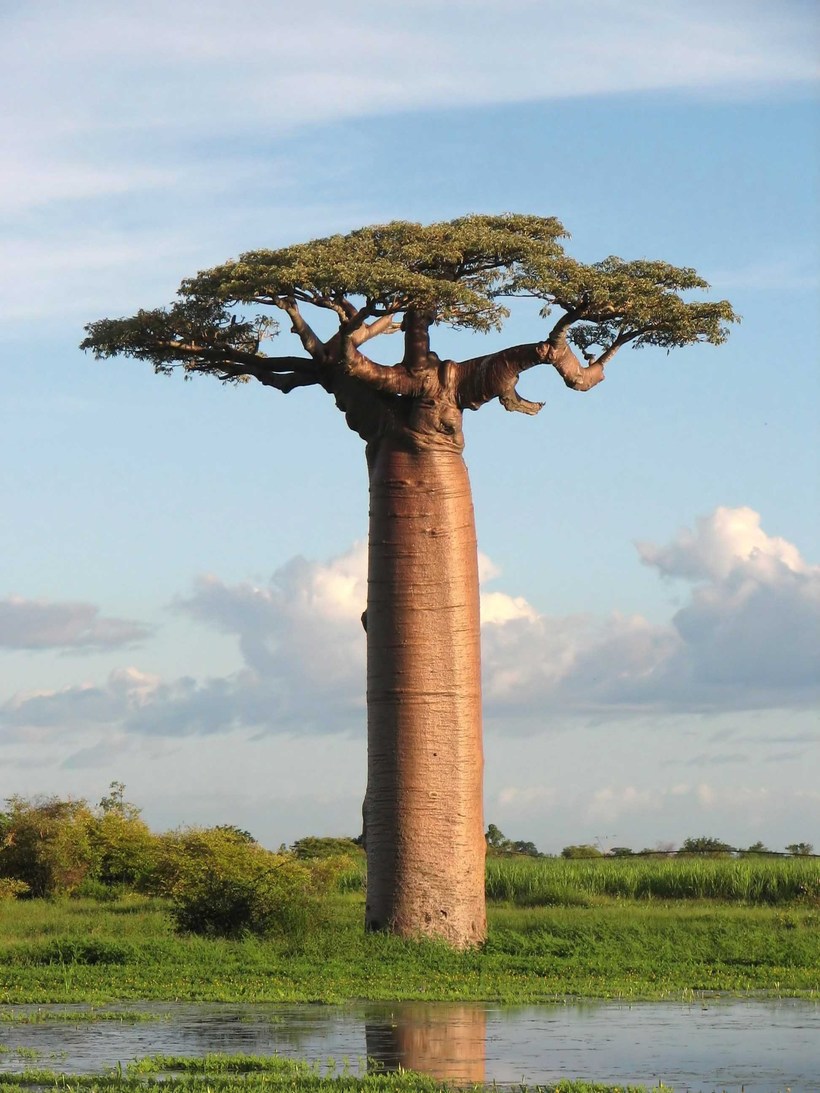I saw Savannah only on TV in documentaries and feature films. However, this was enough for me to form an opinion about the lifestyle and vegetation of these arid regions.
What is savannah and where to find it
When I say savannah, I personally get the image of a hot Mexican riding a horse after the Bedouins. In fact, these are rare in the savannah. But there are a lot of beautiful animals and bizarre shrubs here.
Savannahs are located in the southern and northern tropical zones of our planet. The largest savannahs are located in the following countries:
- Brazil;
- Kenya;
- Venezuela;
- Tanzania;
- and also in the Australian Union.
In all savannas, the climate is subequatorial, so the season is divided into rainy and dry seasons. During periods of the latter, fires often occur, to which hardy steppe plants are also adapted. For example, the giant savannah, the baobab, does not care about a single natural disaster.

Its roots go so deep into the ground that they get water from the very depths, and its powerful bark protects from heat and even fire.
How savannah differs from the steppe
Perhaps the first difference is the territorial location. If the territory of Russia is full of steppes, then there is not a single savanna. The second difference is the local flora and fauna.
In the savannah, the land is covered with dense grass, shrubs and trees, which sometimes grow as whole forests. A striking example of this is the Brazilian savannah. But this is rather an exception, since most of the bushes and trees grow singly on hot lands at a great distance from each other.
In the savannahs mastered by man, you can hardly find wild animals, but they are protected in national parks.
The most common animals in hot places are giraffes, leopards, lions, cheetahs, zebras, and elephants.

They survive in these places due to their endurance, size and ability to travel long distances in search of food and water. Smaller animals hibernate in the sand during periods of drought, since they will not survive otherwise.




